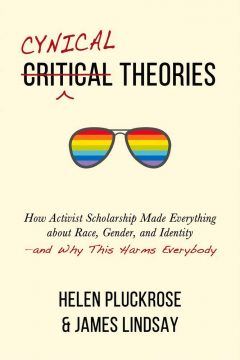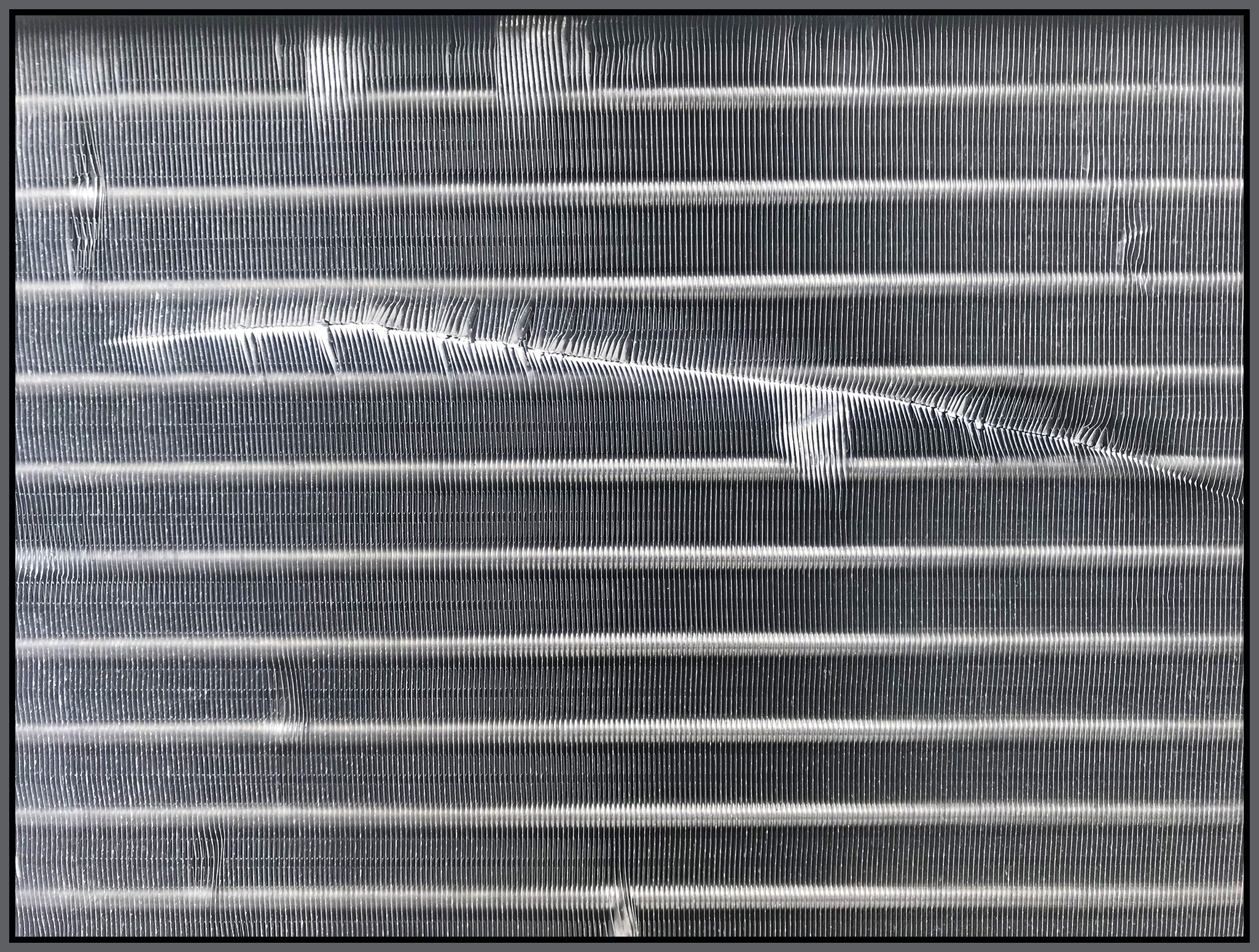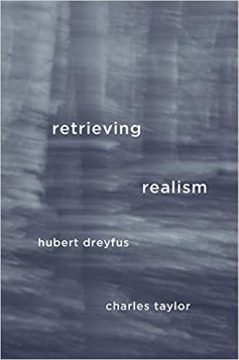by Usha Alexander
[This is the third in a series of essays, On Climate Truth and Fiction, in which I raise questions about environmental distress, the human experience, and storytelling. All the articles in this series can be read here.]
 At the beginning of our story—paraphrased from an origin story remembered by a Cree elder—two figures are walking along the clouds. They’ve been walking long and far. Looking down through the spaces between the clouds, they spy a beautiful, green landscape, rich and inviting. They long to go down to this land, but they don’t know how to get down from the clouds. So the two keep walking. When at last they see a speck on the horizon, in the far distance, they walk toward it. The speck grows, looming larger than they are as they get nearer. When the two look up at it, it looks back down at them—it’s Great Spider.
At the beginning of our story—paraphrased from an origin story remembered by a Cree elder—two figures are walking along the clouds. They’ve been walking long and far. Looking down through the spaces between the clouds, they spy a beautiful, green landscape, rich and inviting. They long to go down to this land, but they don’t know how to get down from the clouds. So the two keep walking. When at last they see a speck on the horizon, in the far distance, they walk toward it. The speck grows, looming larger than they are as they get nearer. When the two look up at it, it looks back down at them—it’s Great Spider.
The people tell Great Spider how much they wish to climb down from the clouds and inhabit the land below, and they ask him for his help. So Great Spider begins to weave a web. He weaves and weaves and weaves, until he’s woven a boat. The two climb into the boat with Great Spider’s web still attached, and Great Spider lowers it down from the clouds. Despite his care, the boat rocks and sways precariously. After a long and harrowing downward journey, the boat ends up stuck in the top of a huge tree.
Now the Earth is almost within reach, but the people don’t know how to get down from the top of the tree. Below them they can see Caribou and other animals walking around. They call out for help, but none of the animals is able to help them. Finally, they ask Fisher-weasel, who scampers up the tree and carries each of them safely to the ground. Once they’re on the ground, Brother Bear befriends the people and teaches them everything they need to know as they make their way in this world. Read more »

 There is a minor American myth about shame and regret. It goes like this.
There is a minor American myth about shame and regret. It goes like this. The most charitable, forward-looking take on the science wars of the 90s is Stephen Jay Gould’s, in The Hedgehog, the Fox, and the Magister’s Pox (2003), a delightful book about dichotomies between the sciences and humanities. His diagnosis is primarily that scientists have taken too literally or too seriously some fashionable nonsense, and overreacted; and if everybody can just calm down already, things will be alright and both sides could “break bread together” (108). Gould saw the science wars themselves as a marginal and slightly comical skirmish, almost a mere misunderstanding. “Some of my colleagues”, he said,
The most charitable, forward-looking take on the science wars of the 90s is Stephen Jay Gould’s, in The Hedgehog, the Fox, and the Magister’s Pox (2003), a delightful book about dichotomies between the sciences and humanities. His diagnosis is primarily that scientists have taken too literally or too seriously some fashionable nonsense, and overreacted; and if everybody can just calm down already, things will be alright and both sides could “break bread together” (108). Gould saw the science wars themselves as a marginal and slightly comical skirmish, almost a mere misunderstanding. “Some of my colleagues”, he said, Sughra Raza. Light As a Feather. Boston, Sept 2020.
Sughra Raza. Light As a Feather. Boston, Sept 2020.
 By the beginning of the 20th century, it had become clear to an influential minority of philosophers that something was badly amiss with modern philosophy. (There had been gripes of innumerable sorts since the beginning of modernity in the 17th century; but our subject today is the present.) “Modern” here means something like “Lockean and/or Cartesian,” where this means … well, it’s not immediately clear what exactly this means, nor what exactly is wrong with it, and therein lies the tale of a good deal of 20th-century philosophy. As with every broken thing, we have two choices: fix it, or throw it out and get a new one; and many philosophers have advertised their projects as doing one or the other. However, as we might expect, unclarity about the old results in corresponding unclarity about the supposedly better new. What’s the actual difference, philosophically speaking, between rehabilitation and replacement?
By the beginning of the 20th century, it had become clear to an influential minority of philosophers that something was badly amiss with modern philosophy. (There had been gripes of innumerable sorts since the beginning of modernity in the 17th century; but our subject today is the present.) “Modern” here means something like “Lockean and/or Cartesian,” where this means … well, it’s not immediately clear what exactly this means, nor what exactly is wrong with it, and therein lies the tale of a good deal of 20th-century philosophy. As with every broken thing, we have two choices: fix it, or throw it out and get a new one; and many philosophers have advertised their projects as doing one or the other. However, as we might expect, unclarity about the old results in corresponding unclarity about the supposedly better new. What’s the actual difference, philosophically speaking, between rehabilitation and replacement? Over the course of two days in early September, the Trump administration quietly formalized its commitment to the ideology of white supremacy within the context of schooling and public education. In two separate but parallel moves, both of which would have made Senator Joe McCarthy proud, Trump announced that the Department of Education (DOE) would investigate public schools to determine if they were using the Pulitzer-Prize winning curriculum, The
Over the course of two days in early September, the Trump administration quietly formalized its commitment to the ideology of white supremacy within the context of schooling and public education. In two separate but parallel moves, both of which would have made Senator Joe McCarthy proud, Trump announced that the Department of Education (DOE) would investigate public schools to determine if they were using the Pulitzer-Prize winning curriculum, The 

 I’ve telecommuted from home for many years now. Before COVID-19, I would rarely turn my camera on when I was on video chats. And if I did, I’d make sure to put makeup on and look somewhat professional and put together from at least the waist up. But since lockdown started in March, I now turn my camera on for almost every video call and I don’t bother to put makeup on or to change my clothes from whatever ratty t-shirt I happen to be wearing. And I don’t care. I sit in my armchair au natural, secure in the knowledge that everyone I’m on calls with is likely dressed casually and taking the call from some room in their home. We’ve seen each other badly in need of haircuts. Then, in some cases, with bad haircuts that we did ourselves or let family members do to us. And we’ve grown familiar with each other’s living spaces, pets, and sometimes family members. I know the view outside of one colleague’s window, the clock on the wall behind another and I always admire the piece of art behind my colleague in Austin. Except for the occasional vacation house rental for a week or two, we’ve all been working out of our homes, living a more lockdown, limited version of the work-life we lived before. It made sense to stay put while lockdown was at its peak. But as it eases up, at least in some places, and while its clear that office life isn’t going back to normal anytime soon, is there a different, new way to live and work?
I’ve telecommuted from home for many years now. Before COVID-19, I would rarely turn my camera on when I was on video chats. And if I did, I’d make sure to put makeup on and look somewhat professional and put together from at least the waist up. But since lockdown started in March, I now turn my camera on for almost every video call and I don’t bother to put makeup on or to change my clothes from whatever ratty t-shirt I happen to be wearing. And I don’t care. I sit in my armchair au natural, secure in the knowledge that everyone I’m on calls with is likely dressed casually and taking the call from some room in their home. We’ve seen each other badly in need of haircuts. Then, in some cases, with bad haircuts that we did ourselves or let family members do to us. And we’ve grown familiar with each other’s living spaces, pets, and sometimes family members. I know the view outside of one colleague’s window, the clock on the wall behind another and I always admire the piece of art behind my colleague in Austin. Except for the occasional vacation house rental for a week or two, we’ve all been working out of our homes, living a more lockdown, limited version of the work-life we lived before. It made sense to stay put while lockdown was at its peak. But as it eases up, at least in some places, and while its clear that office life isn’t going back to normal anytime soon, is there a different, new way to live and work? 
 We are not dead yet. Battered a little, yes. Frustrated, anxious, wondering about our jobs, our neighborhoods, our schools, absolutely. Definitely not dead.
We are not dead yet. Battered a little, yes. Frustrated, anxious, wondering about our jobs, our neighborhoods, our schools, absolutely. Definitely not dead. 



 Harold Newton. Untitled, 1960s.
Harold Newton. Untitled, 1960s.
 researchers, as well. Indeed,
researchers, as well. Indeed,